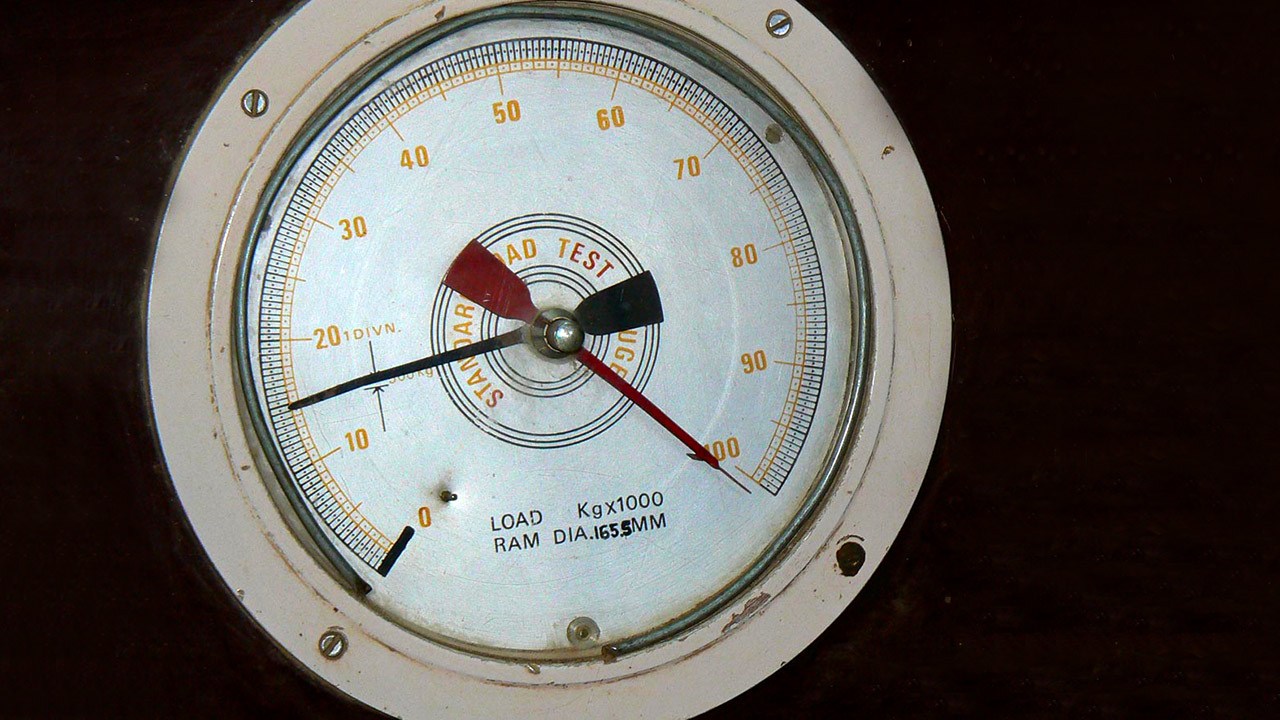This is a KEY assignment where all disciplines come together. Open for students and professionals of Mechanical, Industrial and Product Engineering; Architecture and Building Science, as well as for Structural and Earthquake Engineering. Send us an email to request the full assignment sheet via this link.
Past and current research:
2012 – 2013: Conor Smyth, University of Limerick (compression)
2016 – 2017: Francis Hennessy, University of Limerick (compression)
2016 – 2017: Stephen Roughan, University of Limerick (bending)
2016 – 2017: Donagh Mc Carthy, University of Limerick (shear)
There are some very simple field tests to determine the strength and compression of materials. Some people throw bricks from a few meters high and see if they break, others drive over blocks with a heavy car. Such ways of testing are pragmatic but the results are of course not accurate.
To determine or check the actual compression strength of a cured brick or block for load bearing construction, we need more reliable information. With a bending machine the bending strength and compression strength of earth blocks can be calculated. Or when available near you, in a lab it is possible to crush test blocks with a compression machine. These machines are calibrated, accurate and can test up to high compression values.
This kind of equipment however is not to be found in rural and remote areas. Also the availability of electricity, gas and petrol can be problematic in such places.
The first aim of this assignment is to develop manually operated and easy to handle field testing devices. They must generate sufficiently high compression or force, with an accurate reading. It should be possible to use them for a wide range of materials, such as bricks, earth blocks, concrete blocks, rubble stones and aggregates, to name some. The solution must be simple to assemble and dismantle, so that it can easily be transported to remote areas.
An interesting development currently takes place at a university in Canada, where students are working on a low-cost nondestructive testing device for strength evaluation of concrete blocks. The concept is based on the relationship between the compressive strength and the corresponding resonant frequency, determined when a block is subjected to a mild impact.
The idea originated from a similar approach that is often used at construction sites. Quality is assessed by listening to the sound produced when two bricks are struck against each other. Hollow is good quality, dull is bad. Of course this gives you just an indication, and not a hard fact.
As a starting point a device has been created, where a steel ball is dropped on a test specimen. The students discovered a relation between elastic modulus, compressive strength and resonant frequency.
This part of the assignment opens up the opportunity to work on further developments, jointly with students and professors of the Canadian university.
A simple mobile app will enable anyone to make a quick judgement of the materials he is about to use or purchase. So the next step will be to develop a mobile app for on-site testing of a wide range of materials.
There are two purposes for such testing devices. One is to enable the builders in the field to test and purchase good quality materials on the spot. The other is to obtain input about local material properties that we need for making seismic calculations and seismic modelling. Read more about that particular research assignment here.
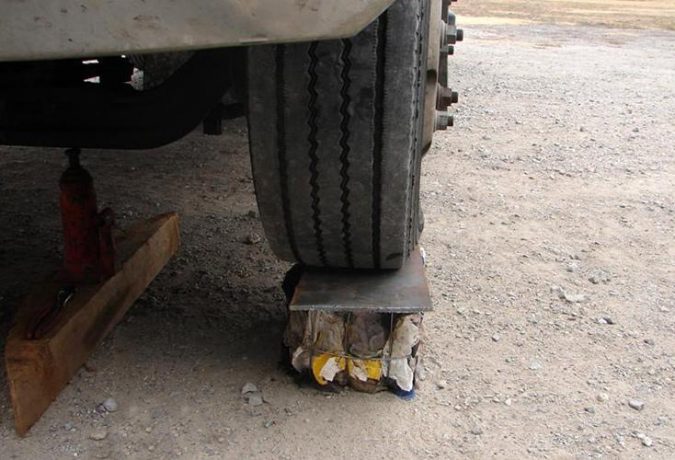 Simple field test to determine the strength of a material. Not accurate.
Simple field test to determine the strength of a material. Not accurate.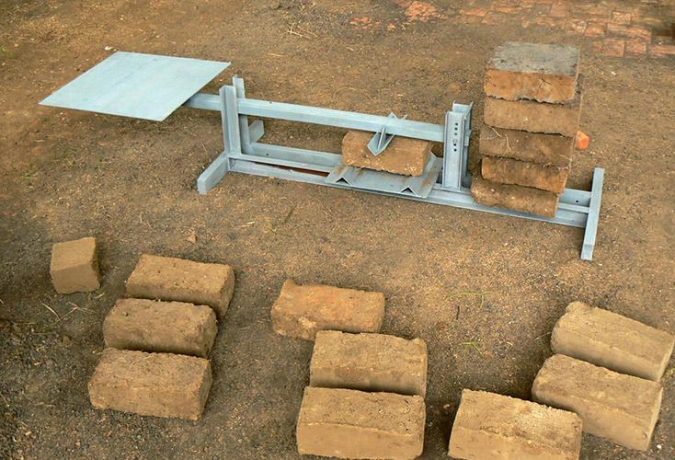 Bending test to calculate the compression of an earth block.
Bending test to calculate the compression of an earth block.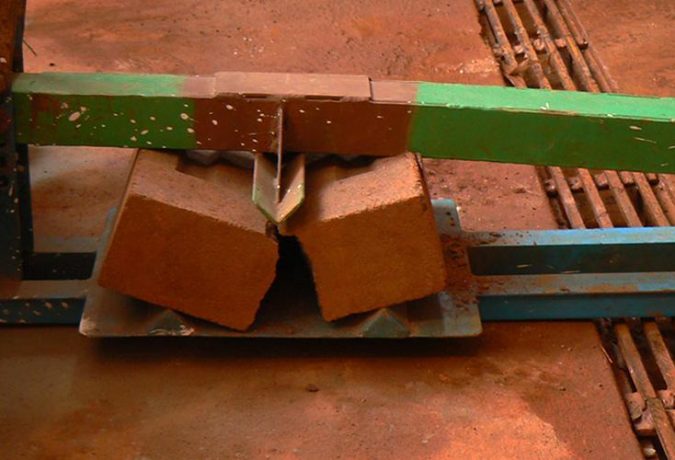 Bending test to calculate the compression of an earth block.
Bending test to calculate the compression of an earth block.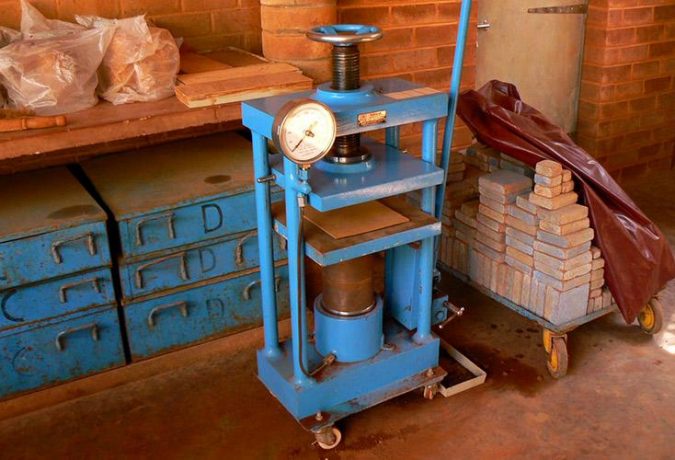 Compression machine to determine the compression of blocks.
Compression machine to determine the compression of blocks.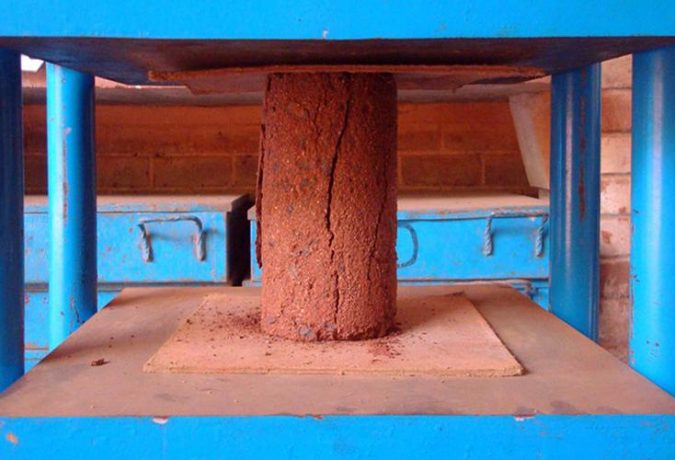 Compression machine to determine the compression of blocks.
Compression machine to determine the compression of blocks.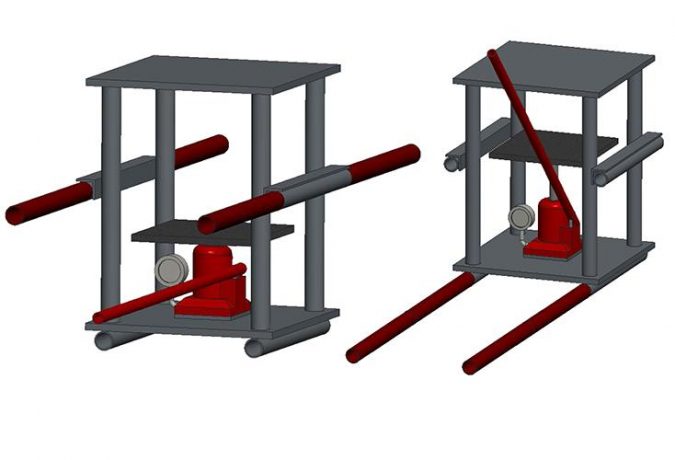 Portable compression machine for field testing.
Portable compression machine for field testing.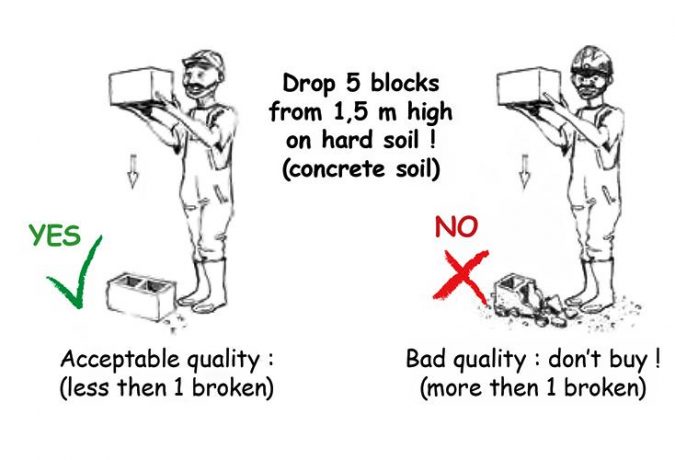 Simple field test to determine the strength of concrete blocks. Not accurate.
Simple field test to determine the strength of concrete blocks. Not accurate.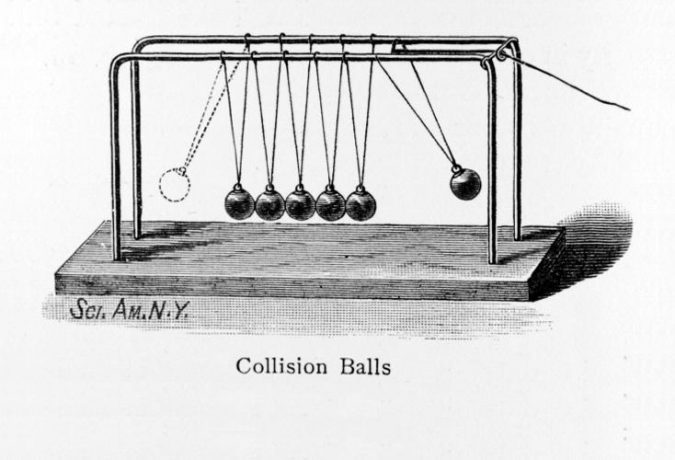 Newton's Cradle. The little steel balls can be used for testing of materials through sound waves.
Newton's Cradle. The little steel balls can be used for testing of materials through sound waves.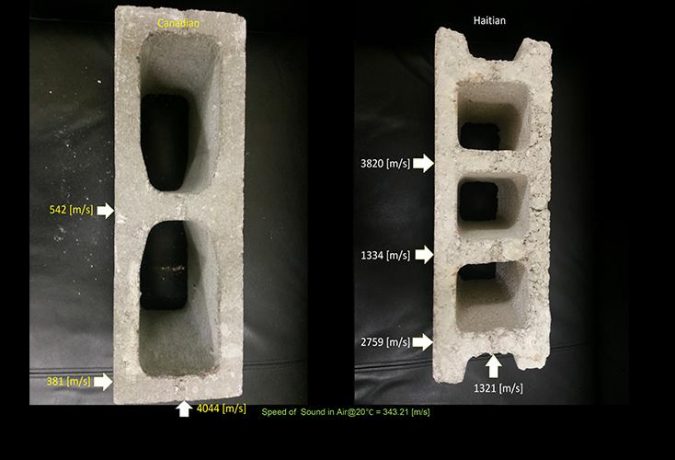 There is a relation between elastic modulus, compression strength and resonant frequency.
There is a relation between elastic modulus, compression strength and resonant frequency.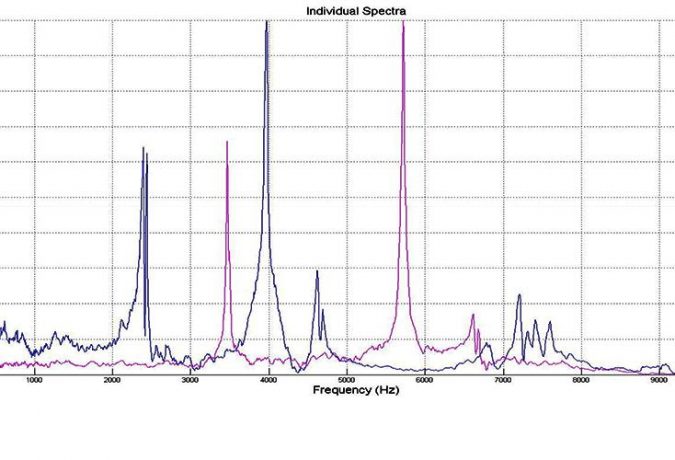 There is a relation between elastic modulus, compression strength and resonant frequency.
There is a relation between elastic modulus, compression strength and resonant frequency.